RUDOLFO ANAYA: CATCHING CULTURES IN BLESS ME, ULTIMA
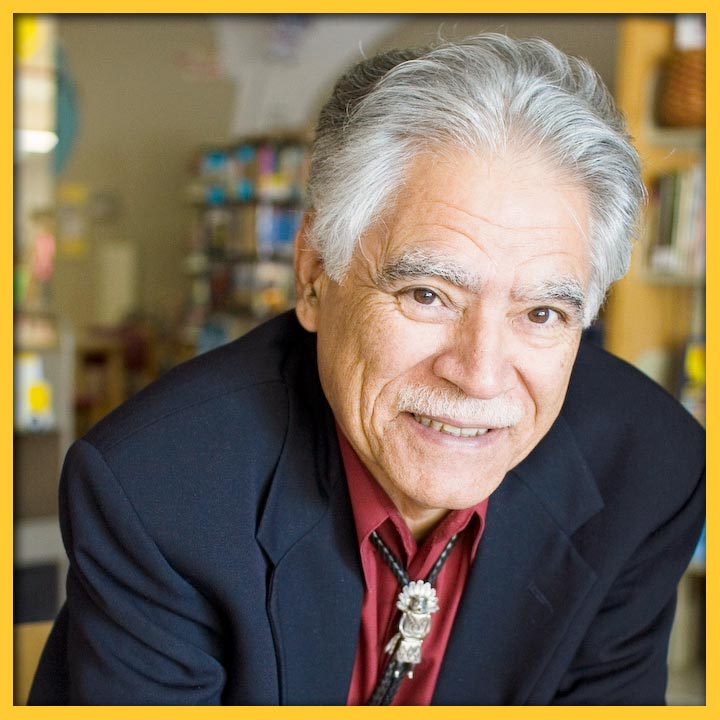
By Richard Wayne Etulain
Anaya greatly expands the cultural contributions of his novel by combining the usual (Bildungsroman—growing up theme) with the unusual (complex, diverse New Mexico Hispanic culture)…
UP BY OUR BOOTSTRAPS; TWO LIVES IN RETROSPECT
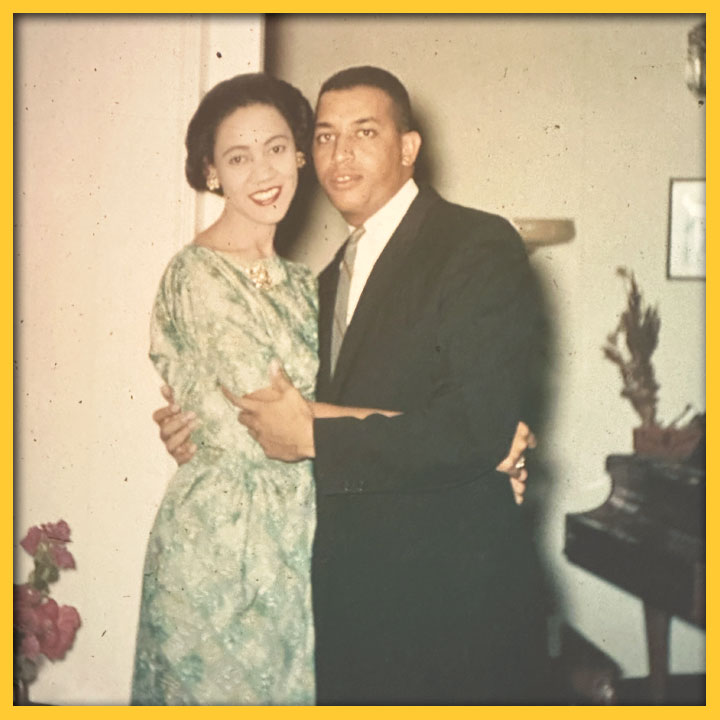
By Finnie Coleman
I found myself fascinated with Dr. McIver’s transition from the stultifying hopelessness of the Segregation Era to the wistful hopefulness of the Civil Rights Era…
MARTIN L. KING, JR.’S DAMNING LETTER FROM JAIL
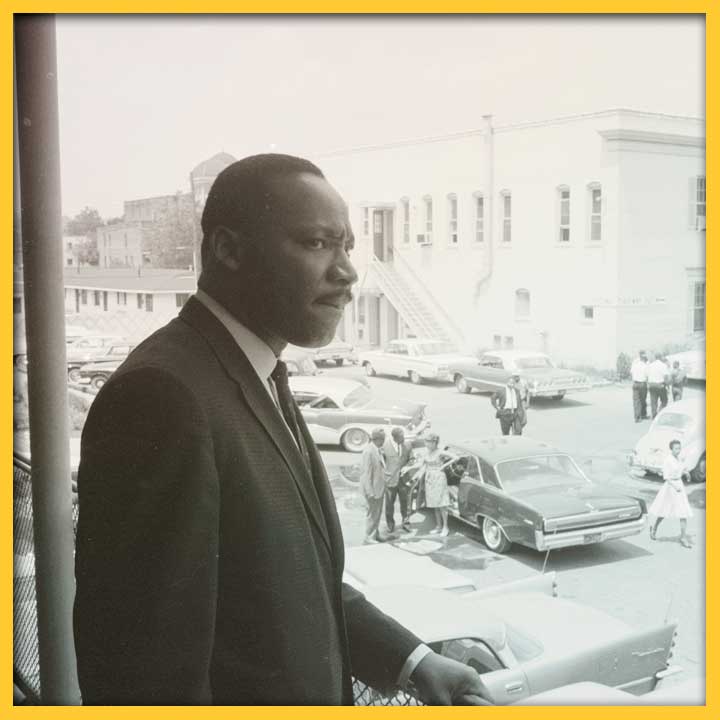
By Christopher A. Ulloa Chaves, ED.D.
“In the letter, King used a multi-disciplinary rhetorical approach that applied philosophical, theological, psychological, sociological, political, ethical and economic principles against systemic racism in Alabama…”
LITERATURE AS GUIDEPOSTS ON MY IMMIGRANT JOURNEY

By Kei Tsuzuki
“What I have learned from books is that there is no one story that explains the world to us or captures our identity entirely. There is power in the specificity of each of our stories…”
RUDOLFO ANAYA’S MAGIC WITH WORDS
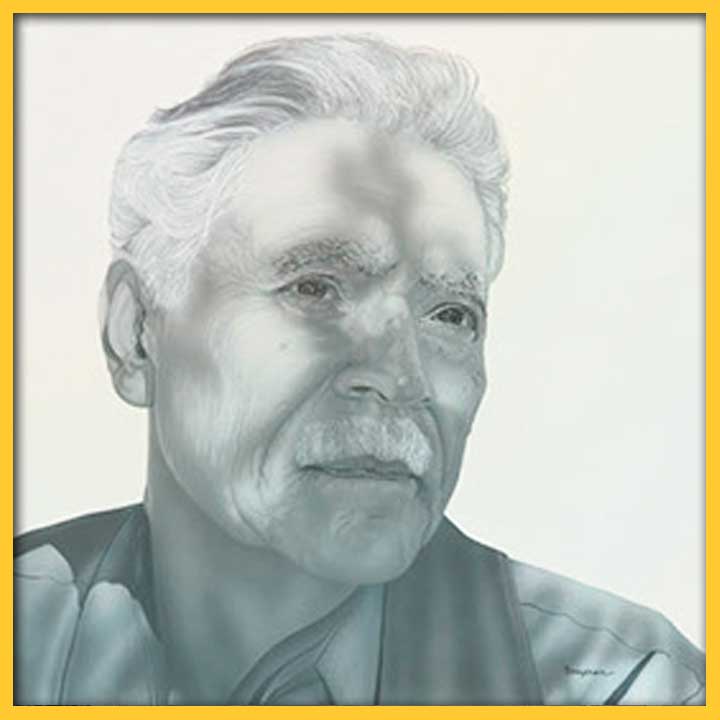
By Chris Chaves
“It seems that, for Anaya at least, libraries and the magical words hidden in their books can serve to impart knowledge, facilitate love, and encourage empathy about others.”
THE BANDANA BRIGADE: WITH HEARTS AND HANDS, WOMEN DO IT TOGETHER
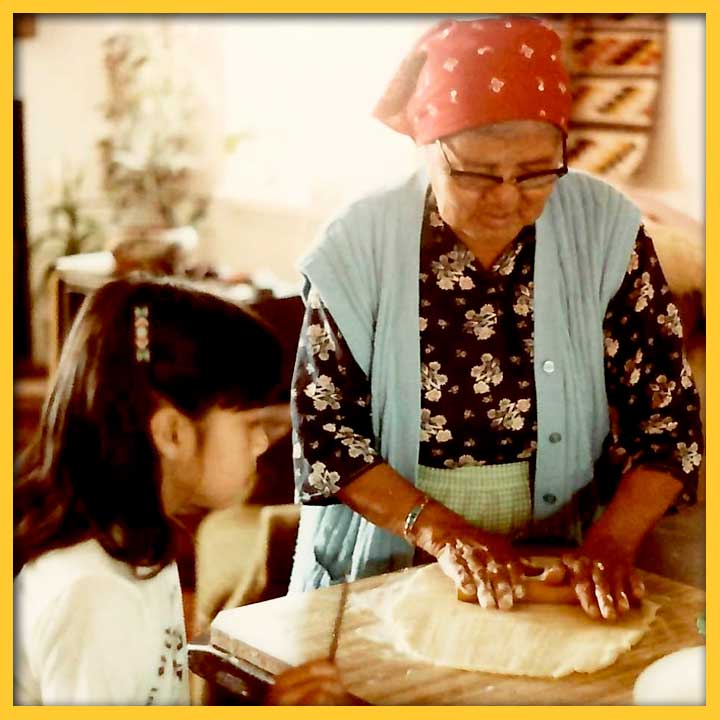
By Kim Suina Melwani
“Like a ‘bandana brigade’ these women seemed ready to face whatever obstacles that came their way.”
REFLECTIONS ON THE BLACK FOOTPRINT IN NEW MEXICO

By Darryl Wellington
“Let’s begin with a story that reflects my concerns that the Black presence isn’t significantly appreciated — but that simultaneously reaffirms my belief in the importance of teaching New Mexican Black history.”
A MUSLIM FITTING INTO NEW MEXICO

By Ryqir Haden
“I am a Muslim, and I belong in Las Cruces, New Mexico. Surprised? So am I.”
BREAD OF DEATH AND LIFE: A SHORT HISTORY OF PAN DE MUERTOS
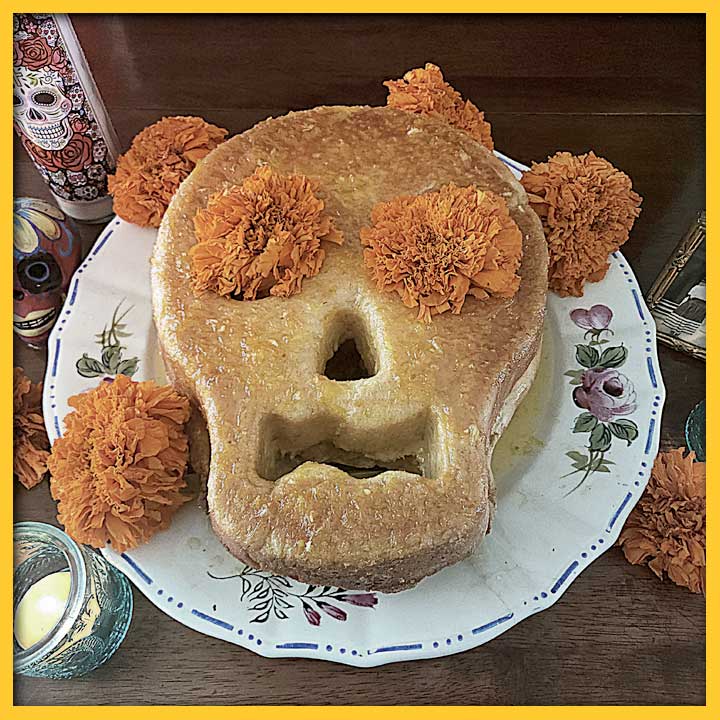
By Vanessa Baca
“‘Bread is life.’ This platitude is among the most well-known in our culture, yet when we consider the Mexican holiday El Día de los Muertos and the food associated with that celebration, it takes on a much more significant and poignant meaning.”
PRE-PANDEMIC GRIEF, ANCESTRAL MEMORY, MOURNING THE WORLD IN 2020 AND HEALING IN THE PRESENT
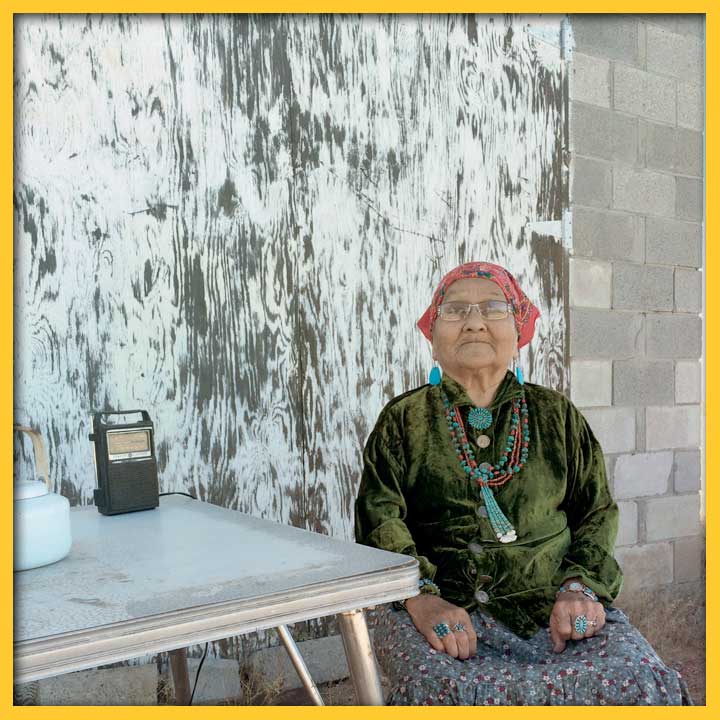
By Venaya Yazzie
“I now find myself dwelling upon ancestral homelands of my Diné (Navajo) matriarchs and male patriarchs in the San Juan Valley and at Huerfano, N.M.”
